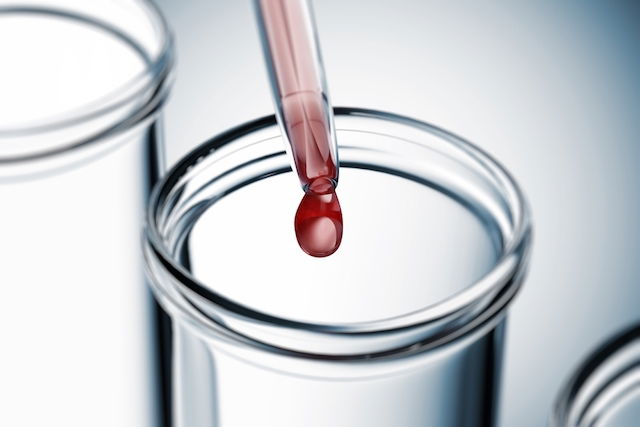Prothrombin time (PT) is a blood test that evaluates the blood’s ability to clot. More specifically, it measures the time it takes to stop bleeding.
PT is ordered if patients present with frequent bleeding or bruising and in patients with suspected liver disease. It is often ordered alongside liver function test.
Prothrombin, also known as clotting factor II, is a protein that is produced by the liver. When activated, it converts fibrinogen to fibrin, which joint with platelets to form a clot. Prothrombin is a factor that is essential for the blood clotting to occur.

Normal levels
The normal levels of prothrombin time are 10 to 14 seconds, depending on the laboratory, reagent used and equipment.
In addition to PT testing, the doctor may also order an INR level, or an internationalized normalized ratio. This is a globally-accepted value that allows for a more thorough assessment of clotting in the context of disease and anticoagulant medications. INR levels in healthy patients is usually between 0.8 and 1.0. Patients who take anticoagulants will usually have an INR between 2 and 3, depending on the underlying disease requiring anticoagulant use.
How to calculate INR
INR calculations are completed in the lab and take the following factors into consideration:
- Prothrombin time (PT) of the patient
- Average prothrombin time
- International sensitivity index (ISI), which is found on the reagent packaging, reported by the manufacterer
The formula used to calculate INR is: INR = (PT of the patient /Average PT) ISI .
What the results mean
PT results can be abnormal for many reasons, which may prompt the doctor to order more testing to identify a cause. The most common causes of abnormal PT include:
High PT
This result means that blood will take longer to clot in the presence of a cut or wound. Some of the most common causes of a high PT include:
- Anticoagulant use
- Changes to intestinal flora
- Unhealthy diet
- Liver disease
- Vitamin K deficiency
- Clotting diseases, like hemophilia
Some medications, like antibiotics, corticosteroids and diuretics, may also alter the results, which is why you should report all medications you are taking to your doctor.
Low PT
A low PT result means that clotting happens quickly. Although bleeding is not a risk, there is a higher probability for clots to form, whih can lead to a stroke or heart attack. Some conditions that cause a low PT include:
- Supplementing with vitamin K
- Excessive intake of food with vitamin K, like spinach, broccoli and organ meat
- Use of medication, like estrogen (in birth control, for example)
In these cases, it may be necessary to use anticoagulants or heparin until the underlying cause is diagnosed. Once identified, the doctor can start the most appropriate treatment.
